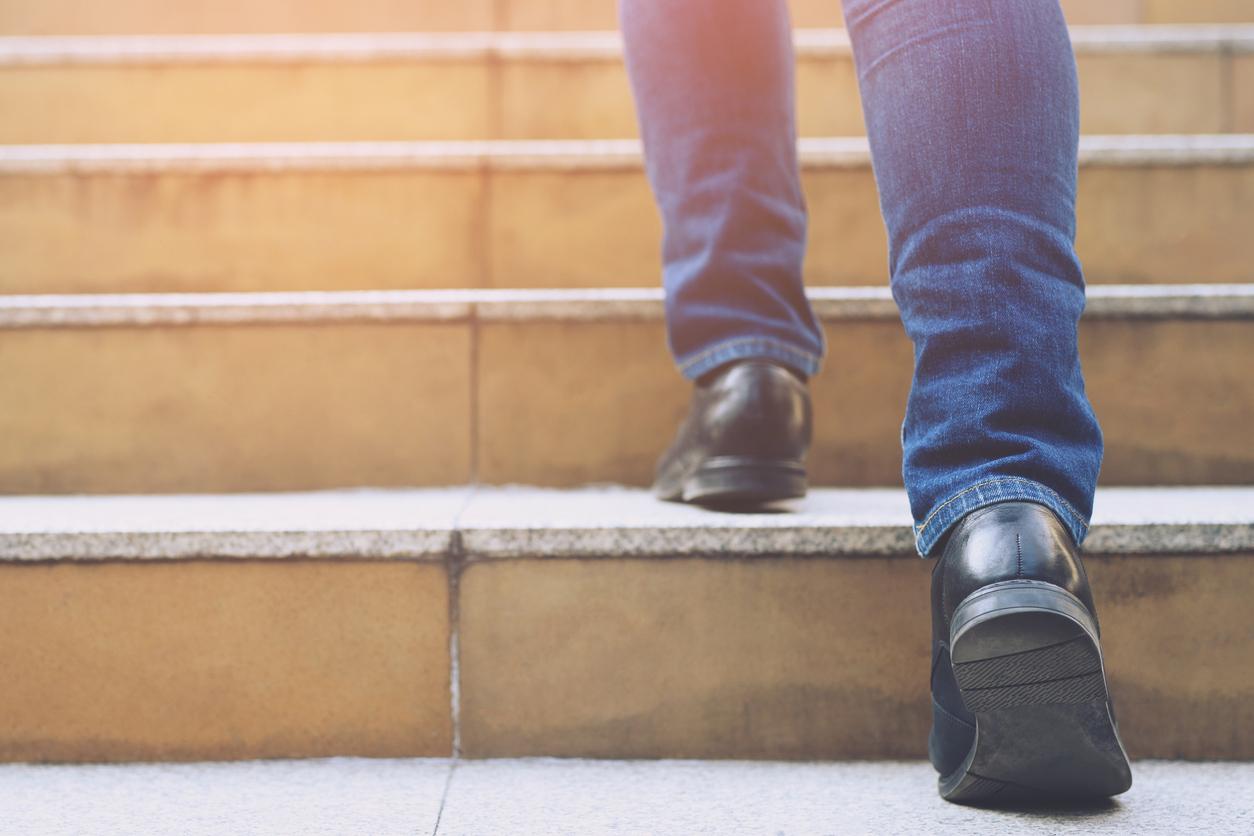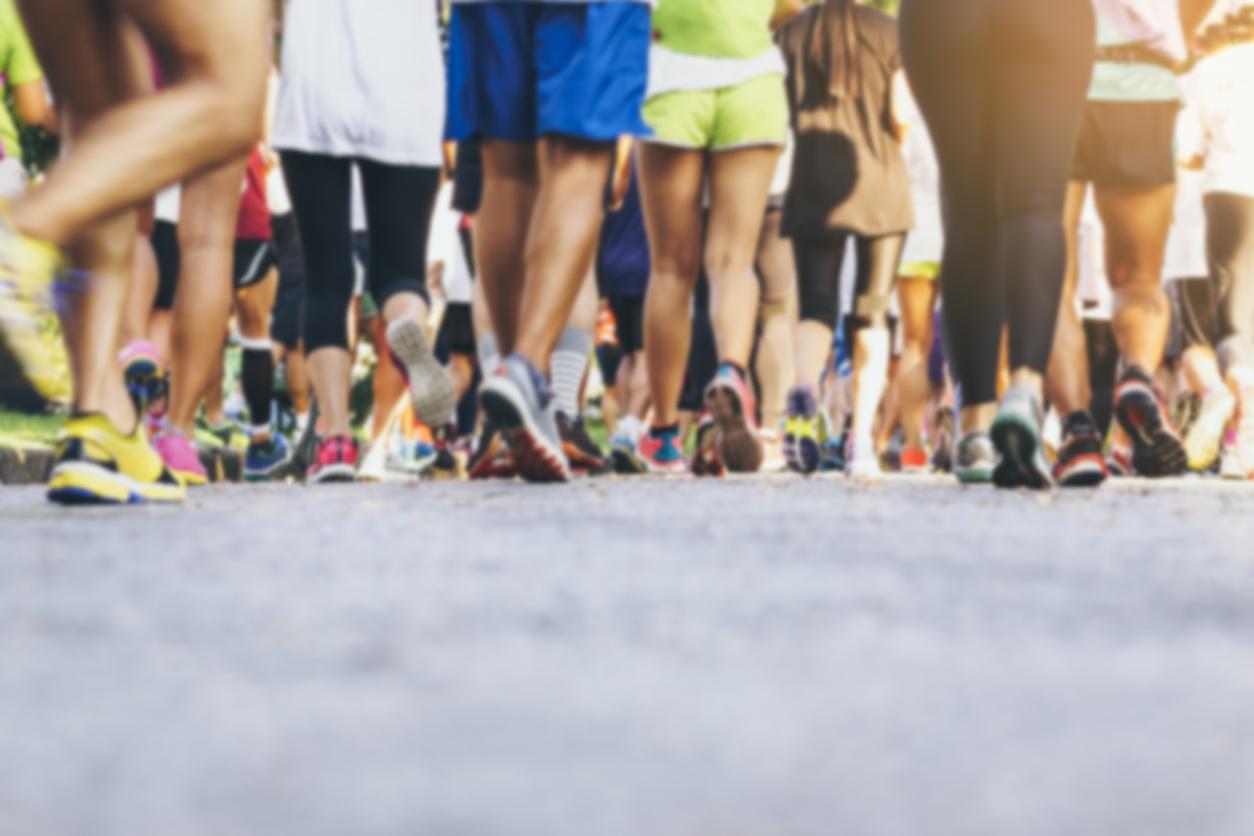The calluses are thick, hard areas of skin that appear with repeated rubbing or pressure. The feet are thus particularly concerned. But if these kinds of “armor” may seem unsightly, they seem to be beneficial for the extremities, much more than the shoes. This is what a Harvard University study reveals, published in the journal Nature on June 26th.
Calluses do not reduce sensitivity
The results are based on analysis of the feet of 100 Kenyan and American adults. The first group said they were often barefoot, the other wore shoes every day. As expected, participants who walked without shoes had thicker and harder calluses. But it turns out that this did not have a negative impact on the sensitivity of their foot or their ability to feel the ground. Rather, it was the padded shoes that interfered with this connection.
On the other hand, if the thick soles further attenuated theimpact of the heel on the ground compared to thin soles or walking barefoot, they sent more force to the knee joints, which took all the load. The consequences of this phenomenon are still poorly understood, but researchers are wondering if the shoes could in this way contribute to theknee arthritis.
Walking on natural soils
Through this research, scientists have sought to answer the following question: how does the modern shoe, a recent development in the history of mankind, differ from the natural “shoes” that humans have worn for thousands of years? And while the findings of the study do not yet provide clear answers, they tend to suggest that shoes can affect gait and the sense of balance.
“I’m not anti-shoe. And I don’t tell people to run barefoots, shade Daniel Lieberman, co-author of the study and director of the Biological Sciences session at Harvard University. But you might consider getting a better image of the ‘humble horn’. Calluses are normal and may have some benefits. “ However, people with certain health problems (diabetes, nerve damage, blood circulation problems in the feet) should not walk barefoot or allow their calluses to build up, where they can lead to cuts or ulcers. .
For healthy people it is so advised to walk barefoot as soon as the opportunity arises, preferably on “natural” soil (lawn, forest soils, earth, sand), indicated an expert to Vital of Top Health. This gives the feet flexibility, altered by wearing closed shoes, whose plantar support is rigid. “Our ancestors did not run barefoot on hot asphalt or other modern surfaces”, confirms Daniel Lieberman.
Read also :
- Why is walking barefoot good?
- For children, being barefoot improves their motor skills

















